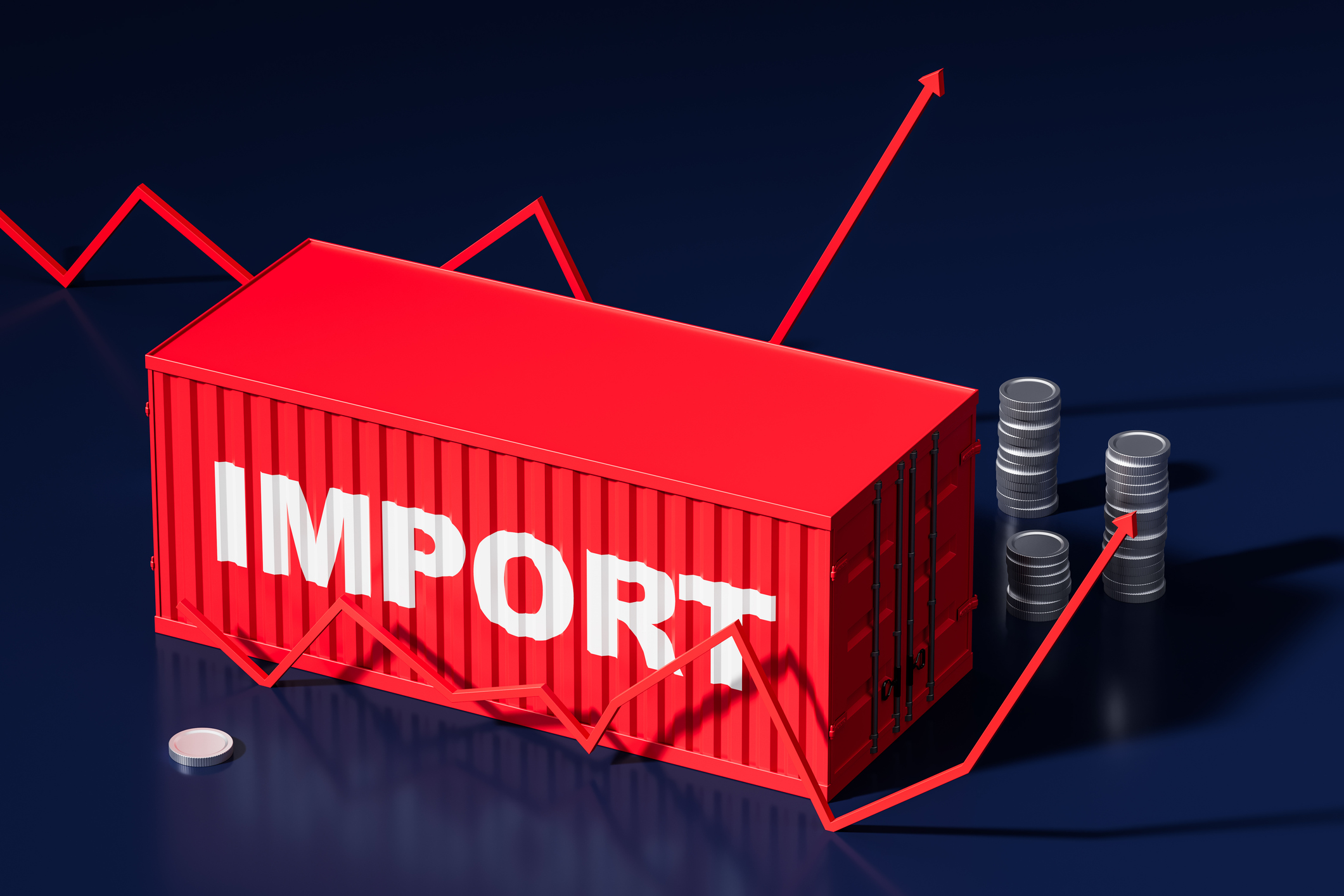Filing duty drawback claims is a bit like uncovering hidden treasure. Some businesses are unaware that they’re sitting on a potential goldmine, waiting to be reclaimed. Others might have experience with duty drawback but have found the process too daunting. It’s no wonder — successfully filing these claims requires a very deep understanding of US Customs regulations and an ability to execute with pinpoint accuracy.
To demystify how duty drawback works in the United States, I recently sat down with a colleague to discuss the basics, which you can watch below. And in this blog post, I’d like to expand a bit more on this discussion, especially around the importance of collaborating with others to navigate the complex and evolving regulatory landscape around duty drawback.
What is Duty Drawback?
Duty drawback is essentially a refund of duties paid on products imported into the US. Imagine paying a hefty toll to bring goods into the country and then discovering you can get most of that money back when those goods are exported again. That’s duty drawback.
About 50% of products entering the U.S. are subject to some duty or tariff. And with the “Section 301 tariffs” on Chinese goods, these costs have soared in recent years.
When these products leave the U.S., they can qualify for a refund of up to 99% of the duties paid. However, not all duties are eligible. For instance, anti-dumping and countervailing duties don’t qualify. Understanding which duties are eligible is crucial in estimating the potential impact of implementing a duty drawback program.
Unlike filing a personal tax return, companies aren’t automatically entitled to duty drawback. Rather, they must apply for the privilege to submit claims — a process where documentation and compliance are key. Ensuring our clients are successfully enrolled in the duty drawback program is one of the first things we do at CITTA Brokerage.
Which Goods are Eligible for Duty Drawback?
Goods may be eligible for duty drawback if they are imported into the US and then exported, or destroyed, within a five-year period. These goods must meet specific criteria to qualify. Here are some of the main categories:
-
Unused Merchandise: Goods exported in the same condition as when they were imported, even after incidental operations like testing, cleaning, or painting.
-
Rejected Merchandise: Goods rejected by the consignee because they do not meet specifications or were shipped without consent and will subsequently be returned or destroyed.
-
Manufacturing: Goods used as materials in the production of another good that is exported.
-
Substitution: Goods substituted by a product of the same kind and quality, which are then resold or used as materials in the production of another exported good.
It’s important to point out that eligibility and the amounts of the tariffs themselves are subject to change as the regulatory landscape evolves. For example, earlier this year, the Biden administration proposed new tariffs on Chinese imports of electric vehicles (EVs), solar panels, and other products. And, if Donald Trump is elected this year, the U.S. could impose a 100% tariff on EVs. Some importers, such as footwear retailers, are already preparing for possible tariffs by increasing shipments to mitigate the impacts of another proposal from Trump: a universal 10% tariff on all goods and a 60% tariff on goods from China.
Why is Duty Drawback Filing So Complex?
Most companies that have tried filing a claim [DM1] on their own know just how frustrating this can be. The federal government’s own FAQ page on this topic is enough to make your head spin. And that’s probably why the last report from the US Government Accountability Office indicated that only 1/3 of the billions of dollars in eligible drawbacks is actually claimed.
That kind of makes you wonder how much you’re leaving on the table, doesn’t it?
Filing for duty drawback is complex for several reasons. One major challenge is the requirement to maintain extensive records and documentation, especially with recent changes to and ongoing debate around drawback regulations under the Trade Facilitation and Trade Enforcement Act (TFTEA). These regulations allow companies to file for duty drawback on duties paid up to five years in the past.
This backward-looking aspect means that companies must gather comprehensive documentation to recoup the maximum amount possible. This gap often results from the complexity of the process and the lack of awareness among businesses about the availability of these funds.
How Does CITTA Work with Clients?
At CITTA Brokerage, we are experts committed to our clients’ success by simplifying the complexities of drawback and returning money to their bottom line. Our approach begins with a thorough analysis of the client’s documentation to determine the feasibility of filing a claim. We work closely with clients to ensure they are collecting the necessary documents and educate them on the process.
Once we establish the feasibility of a claim, we handle the filing process, ensuring that all necessary documentation is in place. We also manage interactions with US Customs to address any audits or reviews, ensuring our clients are not left to navigate these complexities alone.
An essential part of our service is working in partnership with our clients’ existing customs brokers and freight forwarders. We do not compete with these partners but rather complement their services. By focusing exclusively on duty drawback, we enhance the overall value our clients receive from their existing partnerships.
Learn More
Find out how CITTA Brokerage can assist with your duty drawback strategy. Visit CITTABrokerage.com to learn more, schedule a call, or use our online calculator to estimate your refund of duties.
* Scott Sorensen is the Chief Executive Officer at CITTA Brokerage, a customs brokerage that helps businesses compete globally by maximizing their trade rights by forging strong partnerships with our clients, their brokers, freight forwards, and other stakeholders.



